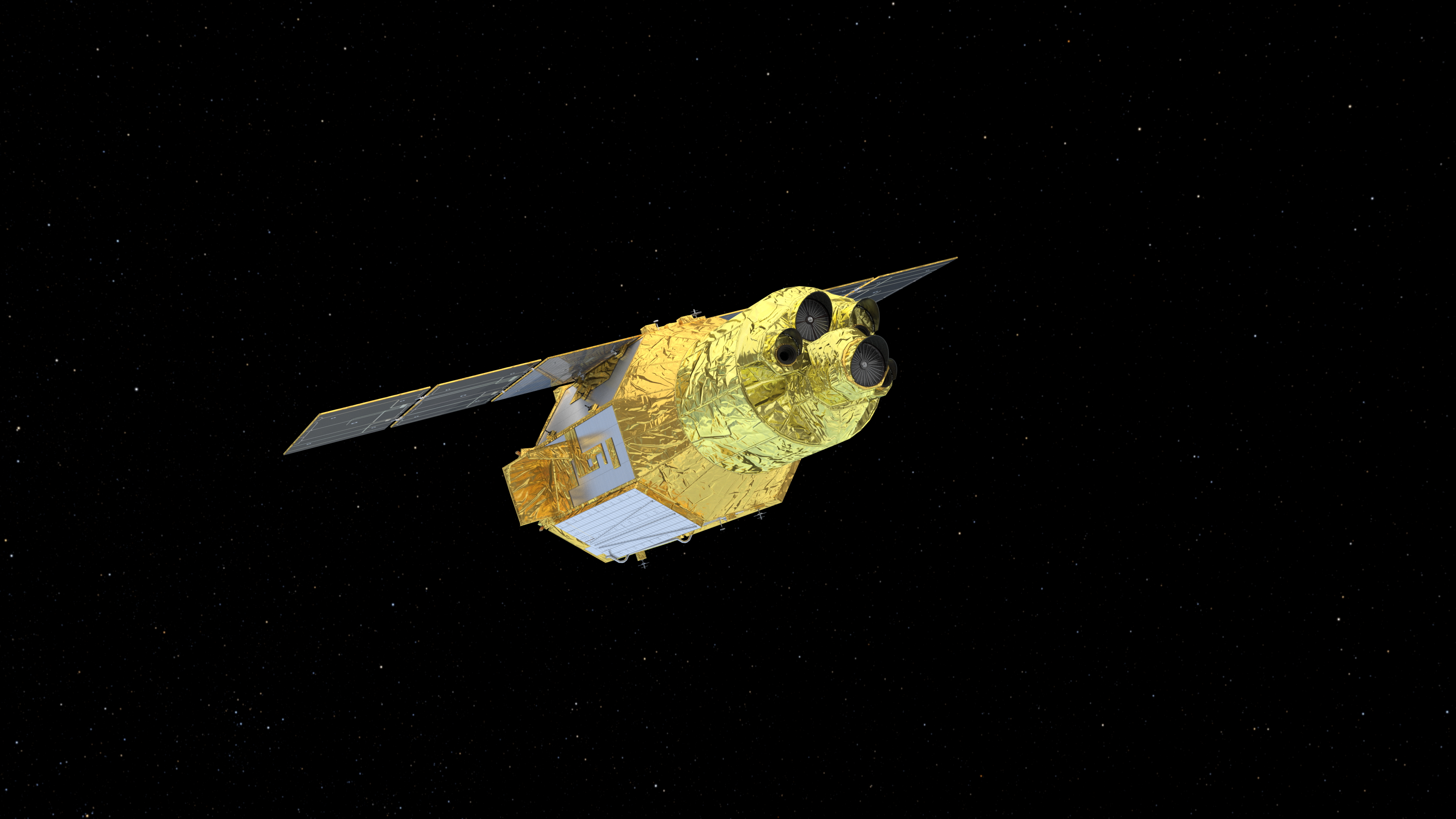

Dear PCOS community members,
Each year, NASA's Physics of the Cosmos (PCOS) Program prioritizes technology areas requiring investment to mature technologies needed for strategic PCOS science missions. The Strategic Astrophysics Technology (SAT) program funds projects that mature such technologies, usually from Technology Readiness Levels (TRLs) of 3 or 4 toward TRLs of 5 or 6, at which point they can be infused into future flight projects.
To ensure the SAT program funds the right technologies, we depend on you, the PCOS community, to identify the technology gaps between today's state of the art and what will be needed to fly strategic PCOS missions. Strategic missions are those identified as such by the Decadal Survey, the Astrophysics Implementation Plan and the Astrophysics Roadmap, "Enduring Quests, Daring Visions" (both available from NASA Astrophysics), and other relevant documents.
We want to hear what you think are the most important areas for technology development. If you know of a technology gap, please download the technology gap submission form from the PCOS technology webpage, fill it out according to the instructions at the top of the form, and email the completed entry (or any questions) to Thai Pham by June 1, 2017. Gaps submitted by the cutoff date will be compiled with last year's list and forwarded to the PCOS Program Analysis Group (PhysPAG) Executive Committee (EC). The EC will add missing gaps if they identify key technologies not addressed in the list, merge gaps with large overlaps, and optimize entry wording and accuracy as needed to make gaps as compelling as possible. They will then send their revised list to the Program Office by June 30.
The L3 Study Team is providing a technology gap list for the L3 gravitational wave mission (last year's list is given in the 2016 PATR Table 3.2.). We will forward to the L3 study leadership any gaps proposed by the community that appear to be relevant to their study. The STDT will consider such inputs, include those they deem helpful, and submit their updated list to the Program Office by June 30. Note that L3 technology funding is currently in transition from SAT to directed funding in a manner similar to Athena (for example, the recent SAT call did not call for L3-related technologies in anticipation of directed funding).
The Lynx Science and Technology Definition Team (STDT) technology gaps are identified in the 2016 PATR Table 3.2. We will forward to the Lynx STDT leadership any gaps proposed by the community that appear to be relevant to their study. The STDT will consider such inputs, include those they deem helpful, and submit their updated list to the Program Office by June 30.
The Program Office will then merge all these inputs with the list received from the EC. In early August, the TMB will prioritize the gaps in the combined list. We publish the priority results in October in our Program Annual Technology Report (PATR). NASA's Astrophysics Division uses these priority recommendations to inform its SAT solicitations and selection, and NASA's Space Technology Mission Directorate references them for investment planning as well.
The PATR describes the Program's technology management activities and the technology development progress over the previous year. The PATR lists technology gaps prioritized that year, the criteria used to prioritize them, and gap priorities. The PATR also announces any new SAT projects selected for funding from those submitted in response to the prior year's SAT solicitation. We encourage you to read the 2016 PCOS PATR to see which gaps received high priority, and which ones were funded, to inform your new entry. Since we already plan to reevaluate all entries from last year's list, please resubmit those only if you want to update or change any information. You can find more details in the above-mentioned PCOS technology webpage.
Whether you develop cutting-edge technology or use such technology to expand our understanding of the universe, we encourage you to visit our website, read the PATR, and tell us what you think about the PCOS Program, our process, and how we can improve them. This is your opportunity to take an active role in shaping the future of PCOS technology, and through that, PCOS science.
Best wishes,
Ann Hornschemeier, PCOS Chief Scientist
Terri Brandt, PCOS Deputy Chief Scientist
Thai Pham, PCOS Program Technologist
JAXA, NASA XRISM Mission Ready for Liftoff
 XRISM launched successfully on Wednesday, Sept. 6, 2023, at 7:42 p.m. EDT (Thursday, Sept. 7, 8:42 a.m. in Japan). The spacecraft separated from the rocket at 7:56 p.m. EDT.Read more.
XRISM launched successfully on Wednesday, Sept. 6, 2023, at 7:42 p.m. EDT (Thursday, Sept. 7, 8:42 a.m. in Japan). The spacecraft separated from the rocket at 7:56 p.m. EDT.Read more.
See our new Events Calendar
Program News and Announcements
Project News
Related News